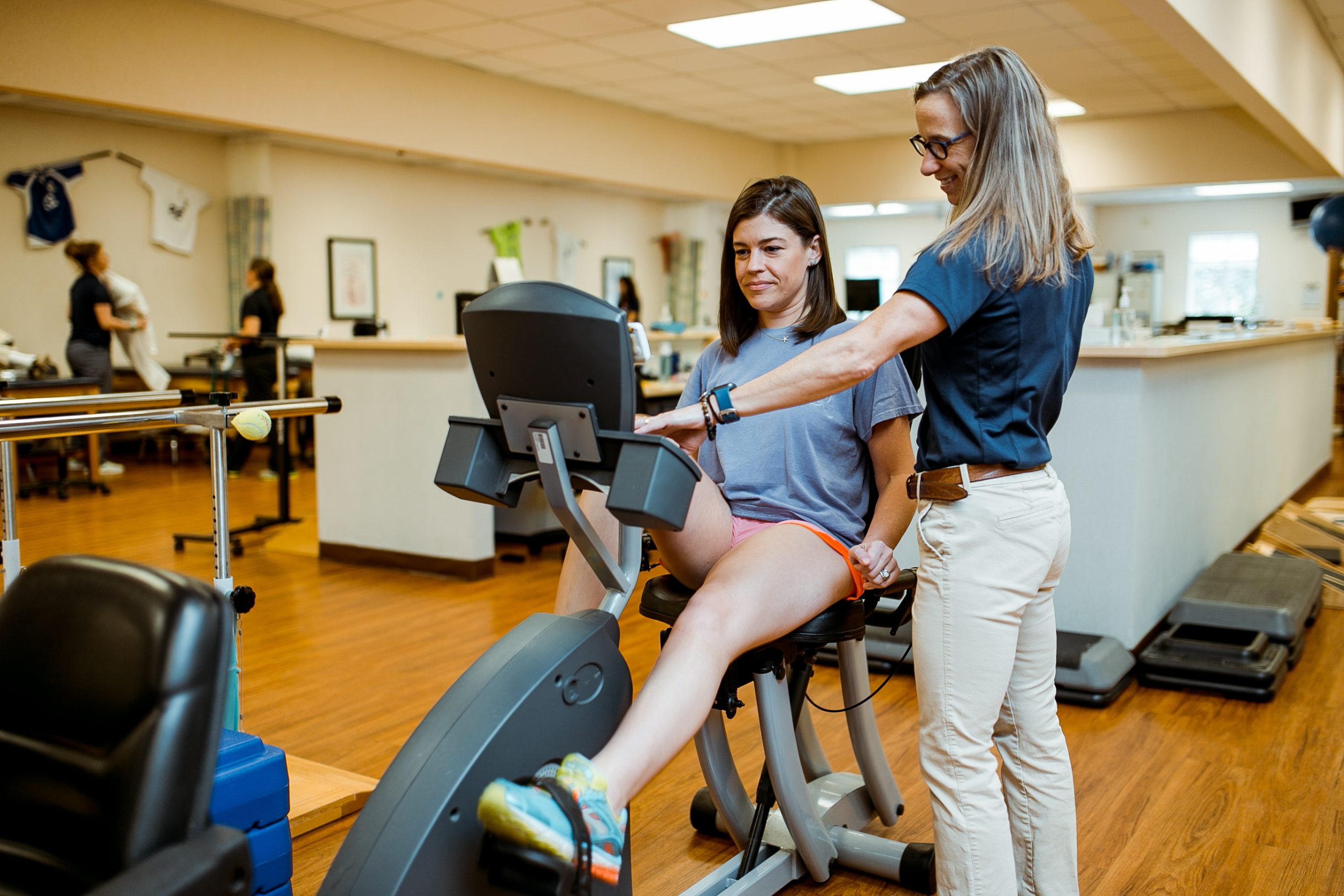Learn About Frequent Sports Ailments and Effective Rehabilitation Strategies for Sports Players
Learn About Frequent Sports Ailments and Effective Rehabilitation Strategies for Sports Players
Blog Article
Athletic traumas are frequent among sportspeople of all age groups and proficiency levels. These traumas can occur in various types, including ligament injuries, strains, breaks, and tendon inflammation. Comprehending the types of traumas that can occur during sports activities is crucial for both avoiding and care. Sprains, for instance, involve the stretching or rupturing of ligaments, which link skeletal structures at a joint. Muscle injuries, on the contrary hand, affect muscle tissues or tendons, which connect muscle tissues to skeletal structures. Recognizing these injuries promptly can assist sportspeople obtain appropriate treatment and return to their activity more quickly.
One of the frequently frequently seen injuries in athletics is the foot sprain. This trauma often occurs when an athlete touches down awkwardly or twists their ankle during a game. Symptoms of an ankle sprain include pain, inflammation, and trouble moving. Immediate care typically includes the R.I.C.E. method, which stands for Rest, Cooling, Compression, and Lifting. This method aids reduce inflammation and pain. In severe severe situations, physical therapy may be necessary to regain strength and mobility to the foot before going back to sports.
Another common trauma is a muscle injury, which can happen in all sport that demands sudden actions or intense weight-bearing. Sportspeople may experience a muscular strain when they extend a Check This Out muscle too far or when they apply too much effort. Signs include sharp discomfort, inflammation, and muscle contractions. Recovery for muscular injuries often includes light stretching and strengthening exercises. Slowly increasing exercise levels is crucial to prevent recurrence. Athletes should collaborate closely with a rehabilitative therapist to create a secure and efficient rehabilitation plan.
Tendonitis is another trauma that can affect athletes, particularly those who engage in repetitive movements, such as joggers or aquatic athletes. This issue happens when a tendon, which connects muscle to bone, becomes inflamed. Common areas affected by tendonitis include the elbow, shoulder, and knee. Symptoms often include discomfort and rigidity, especially during movement. Treatment for tendonitis usually involves rest, ice, and anti-inflammatory drugs. In certain cases, physical therapy may be recommended to enhance flexibility and power in the injured region.
Preventing sports traumas is just as crucial as addressing them. Athletes can reduce their risk of trauma by heating up correctly before activities, using the right equipment, and maintaining good fitness shape. Strength training and stretching workouts can help prepare the body for the demands of athletics. Additionally, sportspeople should pay attention to their physical condition and take breaks when needed. By comprehending common athletic injuries and applying efficient recovery plans, sportspeople can remain healthy and participate in their beloved athletic activities for years to come.